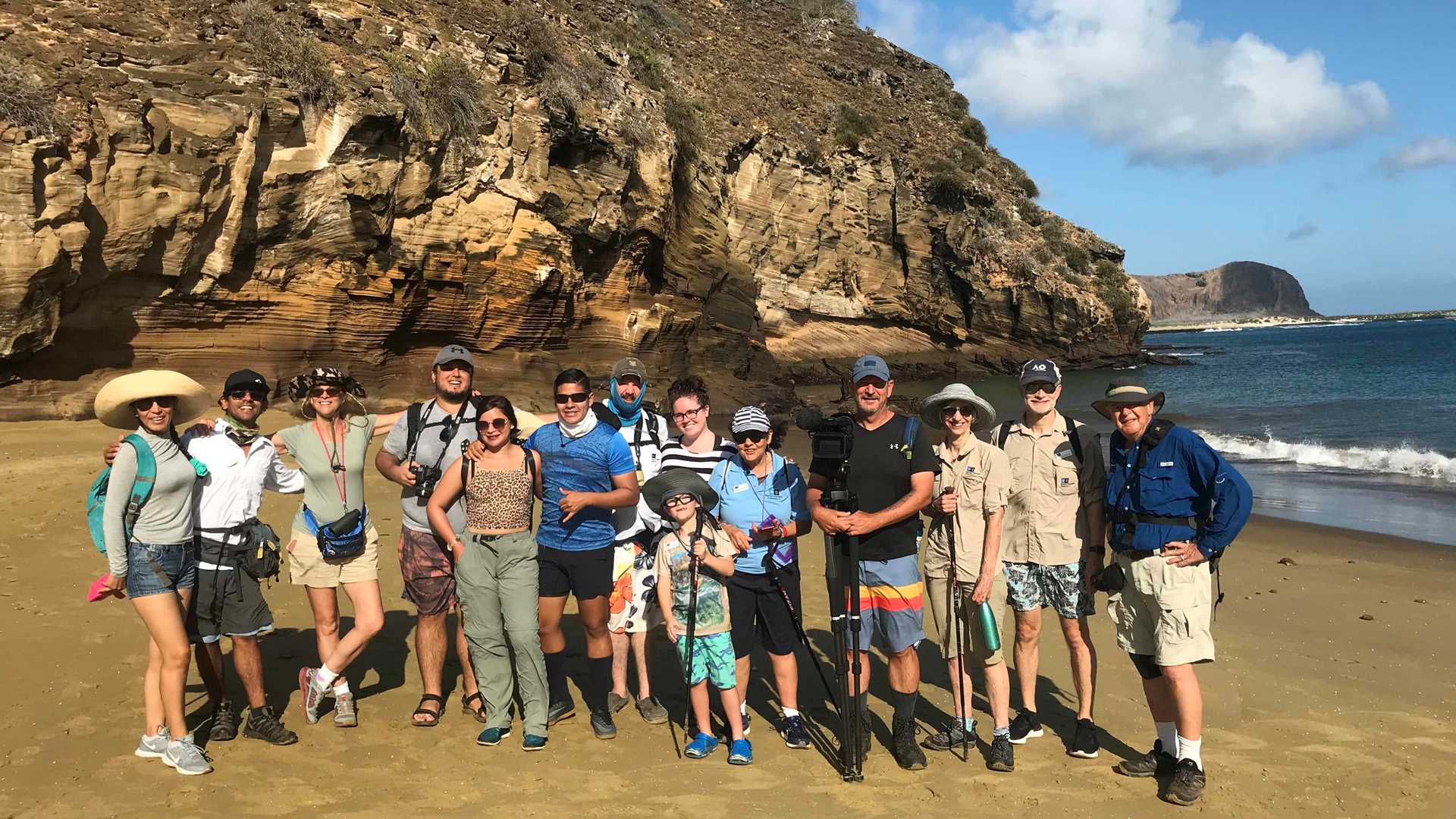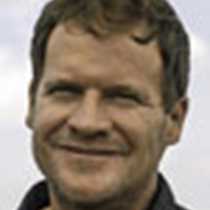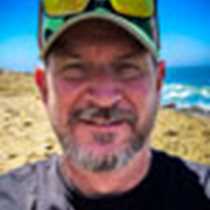We end our voyage at one the oldest islands of the Galapagos Islands, called San Cristobal.
This island has a large number of endemic species including giant tortoises, lava lizards, marine iguanas, mockingbirds, some invertebrates, and several plants.
This morning we woke at Pitt Point, a very old eroded hash cone, excited to see the unique colony of red-footed boobies. To see the colonies, we land for a hike at Punta Pitt, which is located at the very northernmost tip of San Cristobal Island.
Red-footed boobies are oceanic birds and one of the most abundant species of boobies in the islands, as they feed almost exclusively on flying fish species, found in big numbers north of the archipelago. Since that food staple is available through the entire year, there is nesting all year long.
During the hike, we also spotted endemic lava lizards, a few finches, frigate birds and even blue-footed boobies. Back at the landing site, we had the chance for a swim in the warm waters of a relatively calm cove.
At lunchtime, National Geographic Endeavour II navigated to Cerro Brujo Hill. Here we landed on yet another green sandy beach. This beach stretches into a beautiful white sand beach, and at the back of the beach we see the famous crater district named by a young Charles Darwin.
Walking along this fantastic beach we had plenty of encounters with sea lions, marine iguanas and a wonderful and complete last impression of these fantastic enchanted islands.









